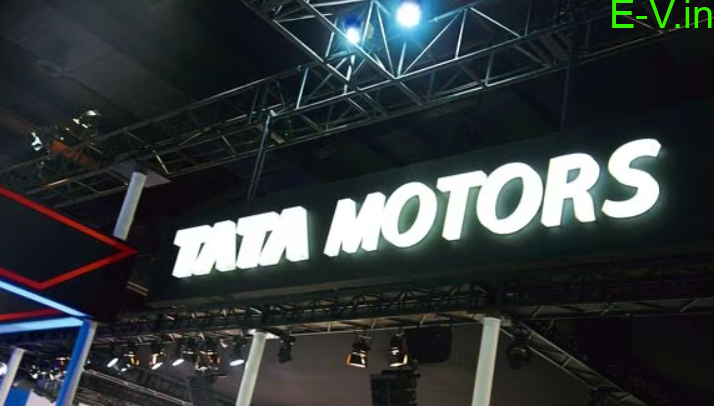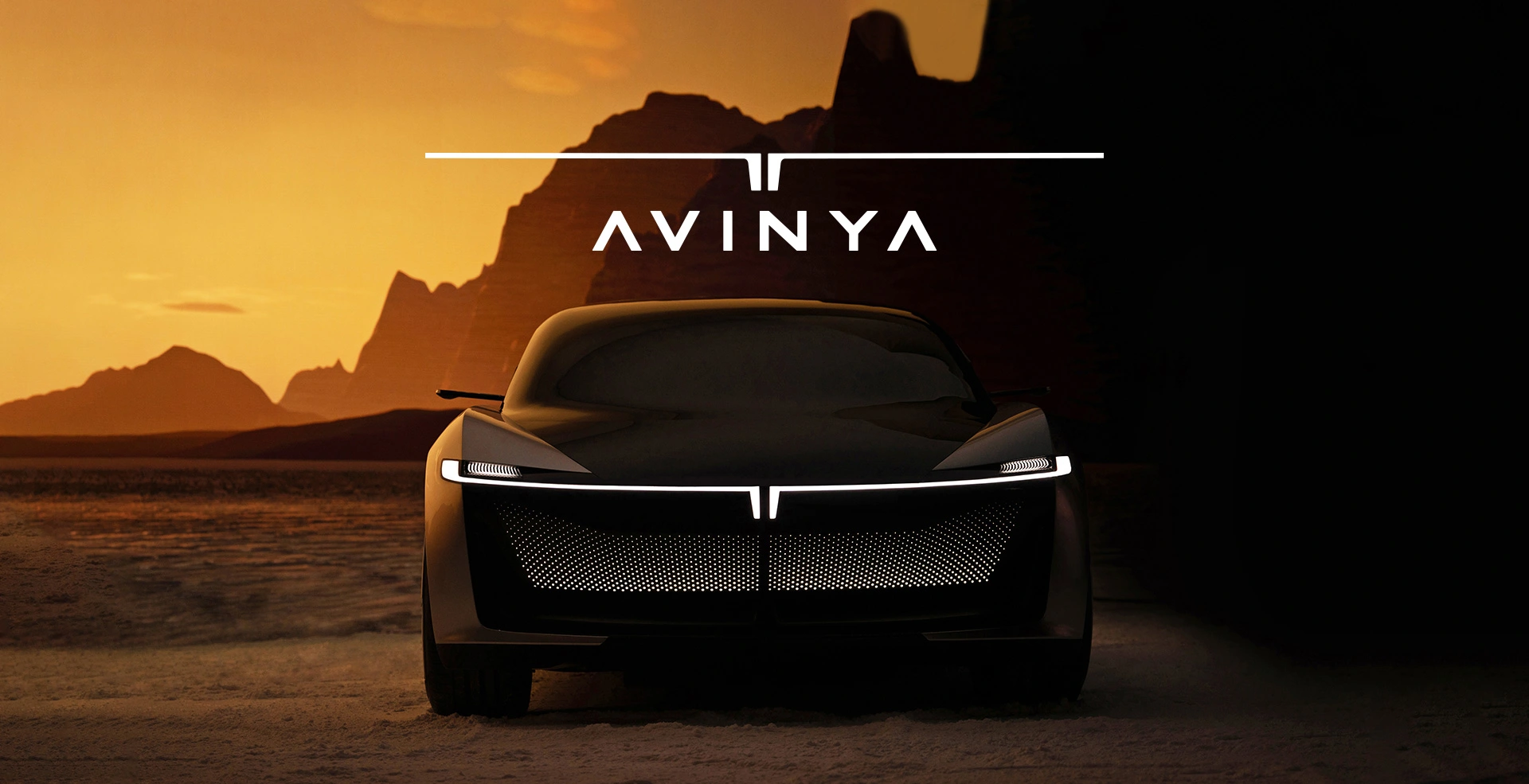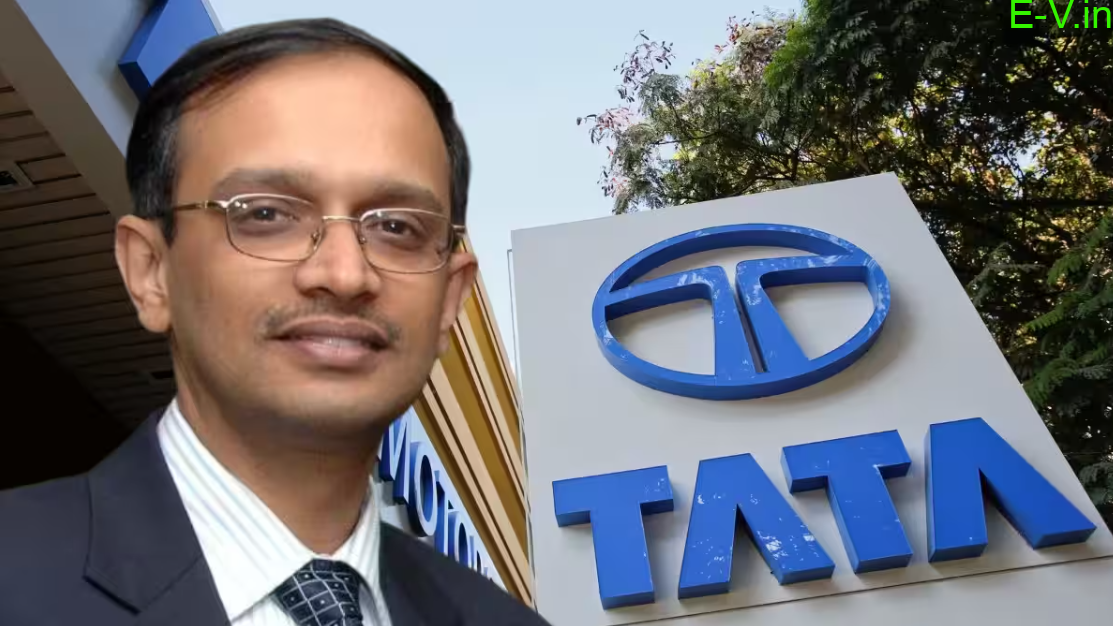
With the deal, Tata Motors aims to position itself as a premium brand in the electric vehicle segment
Tata Motors Ltd’s passenger electric vehicle subsidiary announced Thursday that it will partner with Jaguar Land Rover (JLR), the group’s wholly-owned luxury vehicle arm, to take advantage of the British carmaker’s electrified modular architecture platform and develop the company’s premium pure EV series Avinya. This is the first time Tata Motors has partnered with JLR since it acquired the British carmaker, and the two companies will share the new platform and leverage JLR’s strengths to quickly develop new vehicle types.

The licensing agreement between the parent company and JLR, which includes a royalty payment to the British subsidiary, will cover a variety of components, including the EMA platform, the electric drive unit, the battery pack, and JLR’s manufacturing experience in EV batteries. Tata Motors first showed Avinya, the company’s third-generation electric vehicle platform, in 2022, but did not say that it would be using the JLR platform for the development of its first vehicle. The Harrier, Tata Motors’ top-of-the-line sport utility vehicle, is based on Land Rover’s D8 platform and is powered by an internal combustion engine.
In the next two years, both domestic and foreign firms will launch several new products in the mass-premium EV segment, which is expected to become fiercely competitive.

In a conference call, P.B Balaji, Tata Motors’ group chief financial officer, explained that Avinya will be built on the EMA platform, the company’s first premium EV product. According to him, their Gen-1 architecture was an IC-conversion platform. There are ICEs and EVs on the Gen-2 platform, and they say the Gen-3 platform will be born electric. In their search for different architectures, they discovered that the EMA architecture perfectly matched Avinya’s requirements. Thus, there will be a significant amount of benefit as a result. A number of advantages result from the deal, including an accelerated entry into the premium EV segment, a reduction in development costs, and a hastening of the adoption of advanced technologies that have already been implemented at Jaguar Land Rover. Last but not least, Avinya EVs will be a series of products that will be available globally. EMA is a globally available platform, so what could be better? As well as being a huge step for TPEM and JLR, it represents a huge step forward for engineering and sustainability innovation.

During the quarter ended 30 September, Tata Motors made £3.764 crore, compared to a loss of £944 crore reported during the same period last year, marking the fourth consecutive quarter of profits for the automaker. For the quarter, the company’s consolidated revenue was $1.05 lakh crore, up 32% from last year. In the same period last year, Tata Motors made £293 crore net loss compared to a profit of $1,270 crore this year. In the quarter, its EBITDA (earnings before interest, taxes, depreciation, and amortization) grew 86% year-over-year.
In tandem with the planned launch of Tata Motors’ Avinya, Jaguar Land Rover’s EMA platform is scheduled to reach international markets by 2025.
The company said in a statement that its production and wholesale volumes would gradually increase in FY24. According to the company, the EBIT margin is expected to improve to around 8% from the previous 6% plus figure. By the end of FY24, we expect free cash flow to exceed £2 billion, while net debt will be below £1 billion, according to the company.
If you are an EV manufacturer (or) EV Dealer (or) EV Supporter who want to share news related to electric vehicles on our website, please send an email to crm@electricvehicles.in
For the latest electric vehicles news,
follow electricvehicles.in on
and our YouTube Channels







